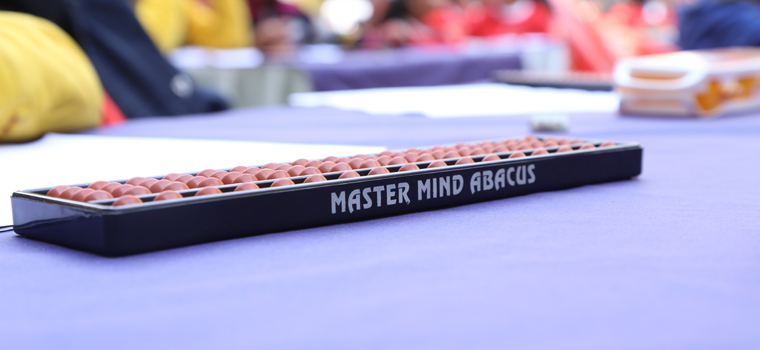
Abacus And Its Evolution
What is Abacus?
Abacus is an ancient instrument that was discovered 2500 years ago and was used for doing mental arithmetic calculations. The instrument was made of frames (wood etc.) which had beads made of sand, stones, pebbles, etc. It made use of both hands to move beads and perform calculations. This process enables the use of both left and right sides of the brain through proper finger movements.
Evolution of Abacus
There have been contradictions in “who discovered Abacus?” It is believed that the Abacus instrument was discovered in China in 500 B.C. while some arguments indicate it was discovered by Babylonians circa 300 B.C. According to some sources, Abacus was first used by Indians with a separate column for ‘shunya’ also known as ‘zero’.
The most primitive Abacus was the Salamis tablet used by Babylonians. All the evolutions in size, shape, or appearance were done based on this Abacus. The Chinese Abacus, named Suanpan, which existed in the modern age, was the one having 2/5 decks. The Japanese Abacus, Soroban soon replaced Suanpan due to its complexity in operations. Soroban Abacus had 1/4 decks and is the one that is in use today.
Functions of Abacus
The Abacus is used for calculating operations like addition, subtraction, multiplication, division, decimals, and calculations for negative numbers.
Master Mind provides Abacus training for kids to enhance their mental arithmetic and the result is augmented brain development.





.png)